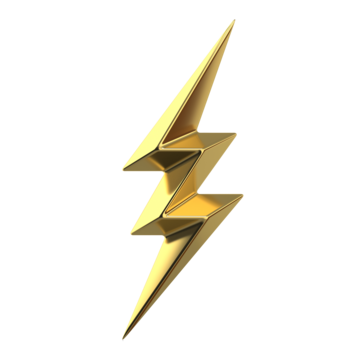Analytics: Difference between revisions
mNo edit summary |
mNo edit summary |
||
| Line 25: | Line 25: | ||
==== Beauty ==== | ==== Beauty ==== | ||
Lorem | Lorem | ||
== Notes and References == | |||
Revision as of 11:37, 21 March 2025
From Zeus, the free AGX encyclopedia
The Jungian approach of Analytics is used all throughout the research, however, this segment is an appendix into perhaps the most important subject of study of all psychological fields, emotions.
Ancient philosophers and physicians believed a human mind to be a collection of mental faculties. They divided the mind, not with an understanding of biology or the brain, but to capture the essence of human nature according to their concerns about truth, beauty and ethics. The faculties in question have morphed over the millennia, but generally speaking, they encompass mental categories for thinking (cognitions), feeling (emotions) and volition (actions, and in more modern versions, perceptions). These mental categories symbolize a cherished narrative about human nature in Western civilization: that emotions (our inner beast) and cognitions (evolution’s crowning achievement) battle or cooperate to control behavior.1 The classical view of emotion (Figure 1) was forged in these ancient ideas. Affective neuroscience takes its inspiration from this faculty-based approach. Scientists begin with emotion concepts that are most recognizably English (Pavlenko, 2014; Wierzbicka, 2014), such as anger, sadness, fear, and disgust, and search for their elusive biological essences (i.e. their neural signatures or fingerprints), usually in subcortical regions. This inductive approach assumes that the emotion categories we experience and perceive as distinct must also be distinct in nature. If the history of science has taught us anything, however, it is that human experiences rarely reveal the way that the natural world works: ‘Physical concepts are free creations of the human mind, and are not; however, it may seem, uniquely determined by the external world’ (Einstein et al., 1938, p. 33). The last two decades of neuroscience research have brought us to the brink of a paradigm shift in understanding the workings of the brain, setting the stage to revolutionize our study of emotions (or any mental category). So in this article, we turn the typical inductive approach on its head. We begin not with mental categories but with the structure and function of the brain, and from there deduce what the biological basis of emotions might be. The answer, I suggest, will look something like the theory of constructed emotion (Barrett, 2017), formerly, the conceptual act theory of emotion (Barrett, 2006b, 2011a, 2012, 2013, 2014). The theory of constructed emotion: an active inference account of interoception and categorization
Omens
The importance of using grounding arguments in defining emotions is paramount, interoception is used on current neuroscientific research to explain how emotions emerge from a source of Anatomical organization. Albeit contrary to what posited in the initial chapters of Zeus, it is of belief both can be complimentary in shaping the state of emotions to humans. Omens are regarded as the Synchronous aspects of emotions that cannot be controlled by the body and its subsystems of Anatomy.
Synchronicity is a concept developed by Carl Jung to describe meaningful coincidences that occur without causal connection but are related through their shared meaning. Jung defined synchronicity as the "acausal connection of two or more events", where inner psychological states and external events align in a manner that transcends conventional causality.
The argument
The capability of projection our interoceptive system possesses within of comprehending the environment and distributing hormones accordingly can result in an outstanding categorization of broader environments as part of it [1], and however, a natural way to adapt to the evolution of societal structures of men [2], it is arguable that much similarly to the Boltzmann brain argument, the expansion of animism from its simplistic source, as stated by the one reality, can also lead to a paradox of time for emotions [3] [4]. In an age where rituals are no longer accepted and logic is ostensively used, what one would observe from the lack thereof, could only be the generators of such type of entity, hence Synchronicity. This entity should be responsible of forming new, possible personal stories [5], and curiously this is what the theory of constructed emotion, aforementioned, points out to, at least in rough shape.
- the argument ultimately results in the explaining of the process of discovery as one shapes its stories based on the belief of the generator authenticity, where free will (the choice of diving onto the stories) or destiny (the percolation of the one reality) operate.
Synchronicity generators predispose in some types:
Luck
Lorem
Creativity
Lorem
Intuition
Lorem
Beauty
Lorem
Notes and References
- ↑ ref krugesalt
- ↑ add something with politics main page
- ↑ As thoroughly stated by the spirit's will, emotions are akin to other quanta of the system (e.g., chants, rituals, etc...)
- ↑ And therefore, that humans in all past story of Earth should feel complex emotions, rather than of simplistic approach, Eudaemonia Trinity. Hence, that these complex forms should come from the superhuman, the evolution of men to Zeus as to their paradox of time, and feel freeing (i.e., creating of character, the desire to construct one's will of the spirit), albeit regarding to a pre-modern epoch where free-will was not conceived in any format whatsoever.
- ↑ Note that is the original format, the boltzmann brain argument points towards archetypical stories, i.e., of the whole humankind.
